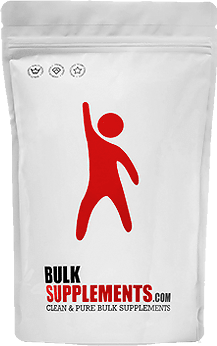Knowledge BaseYou're Questions Answered
Can protein powder be heated?
Yes, protein powder can be heated, but the process may affect its structure and function. Heating protein powder, such as in baking or cooking, will not destroy its nutritional value, but it may change the protein's structure through a process called denaturation. This happens when heat causes the protein molecules to unfold, which can slightly alter the texture, solubility, and digestibility of the protein. However, denaturation does not make the protein less nutritious or unusable by the body.
Effects of Heating Protein Powder
- Protein Denaturation: When protein powder is heated, the protein molecules unravel, a process known as denaturation. While this can affect the texture and mixability of the protein, the body can still absorb and utilize the amino acids, making it just as effective for muscle growth and recovery.
- Nutritional Value: Although heating alters the structure of the protein, the essential amino acids remain intact, so the overall nutritional value is preserved. This means that heated protein powder can still support muscle repair and other bodily functions.
- Application in Recipes: Protein powder is often used in recipes such as protein pancakes, muffins, and other baked goods. It can also be added to hot liquids like oatmeal or coffee. However, you may notice changes in texture, as the heat can make the powder thicker or more solid.
Best Practices for Heating Protein Powder
- Gradual Heating: To minimize changes in texture and avoid clumping, it's best to gradually introduce protein powder to heat. For instance, when adding protein powder to a hot liquid, mix it with a small amount of cold water first to form a paste before combining it with the hot liquid.
- Baking Considerations: If using protein powder in baked goods, ensure that the recipe includes enough liquid and fats to prevent the powder from drying out the mixture. This helps maintain a moist texture despite the denaturation process.
Common uses of heated protein powder
Protein powder can be added to:
- Protein pancakes, muffins, and bars
- Hot oatmeal or porridge
- Soups, stews, or sauces for a nutritional boost
- Coffee, hot chocolate, or lattes (when blended properly)
Ultimately, heating protein powder is both safe and practical. While the texture may change slightly, the nutritional benefits remain. Just use proper mixing techniques and recipe adjustments to ensure the best results.
Related Questions
Related Reviews
Protein vs Protein

Your Answer
We are a participant in the Amazon Services LLC Associates Program, an affiliate advertising program designed to provide a means for us to earn fees by linking to Amazon.com and affiliated sites.
